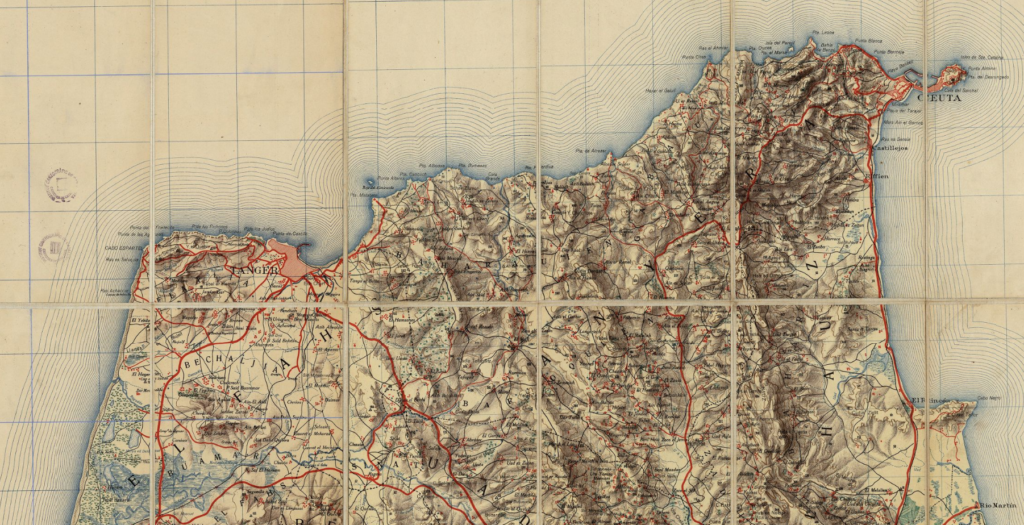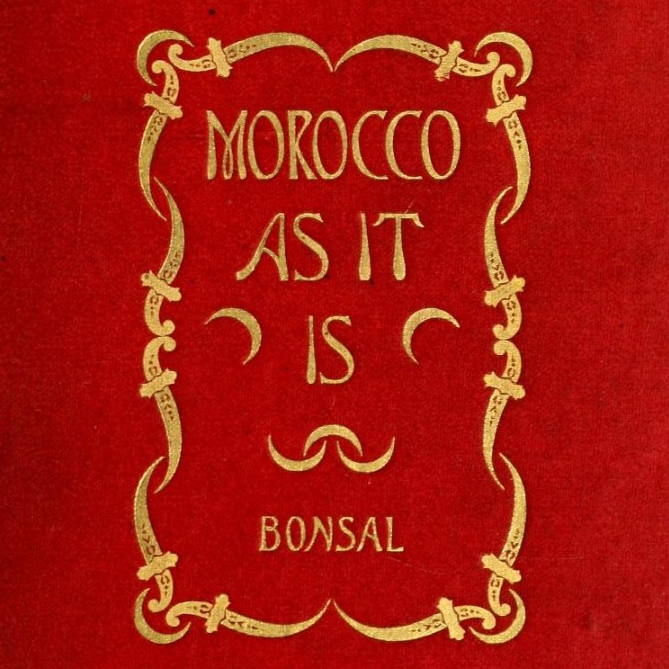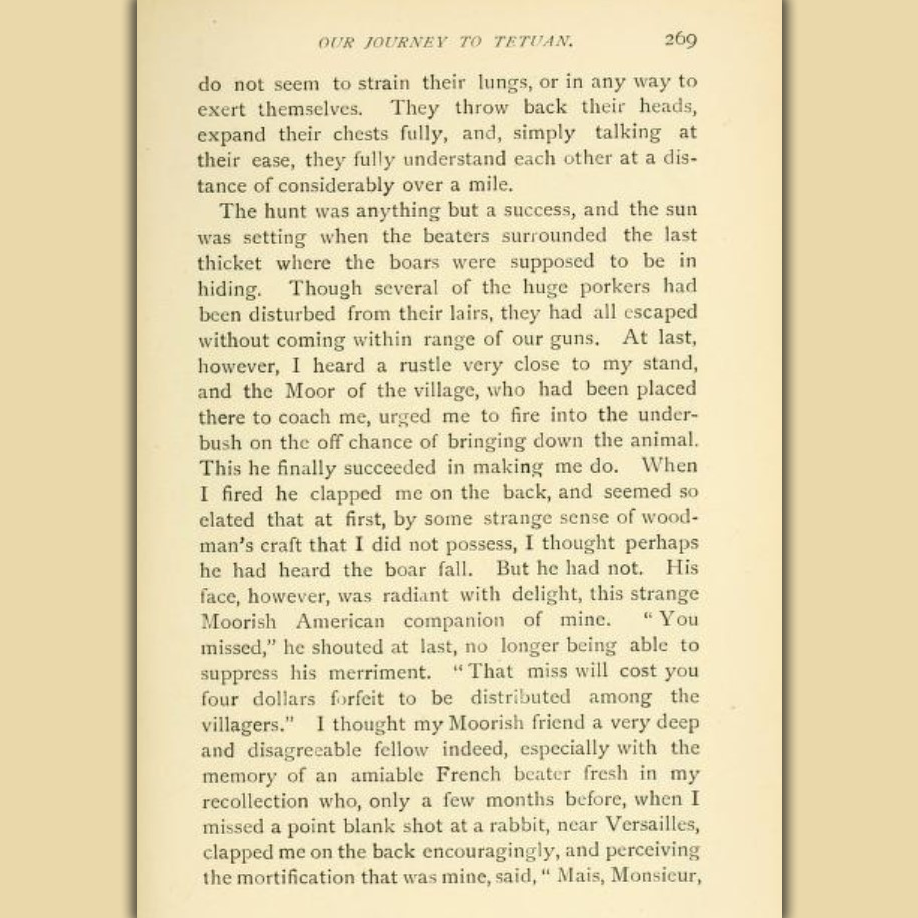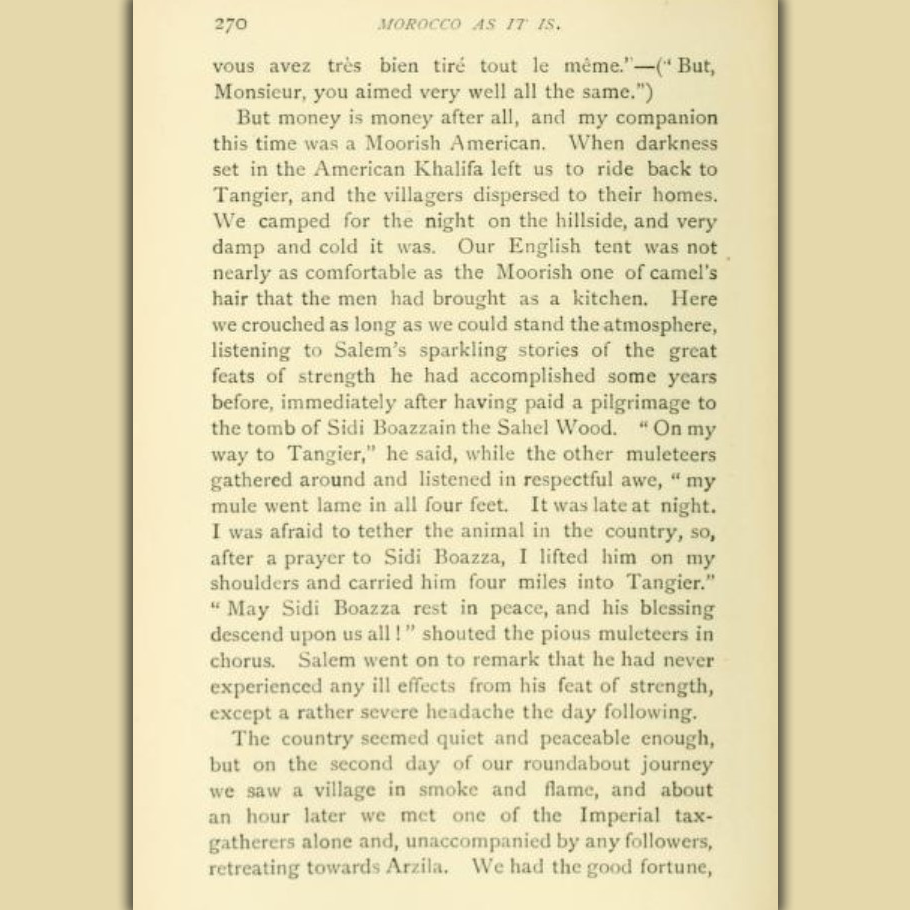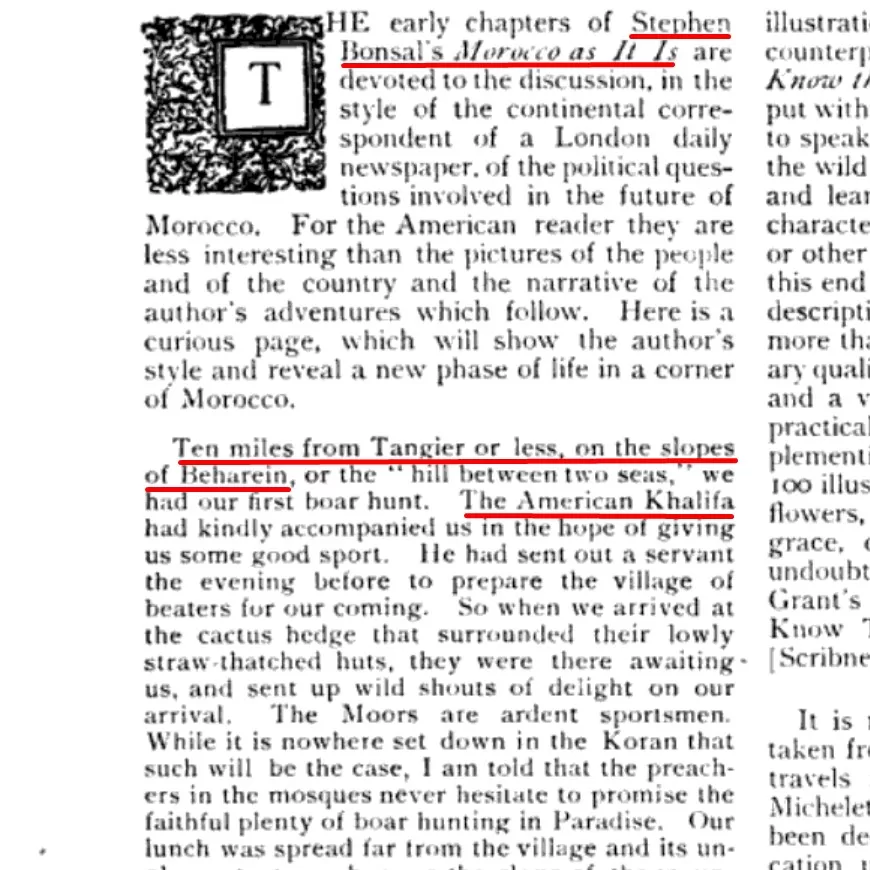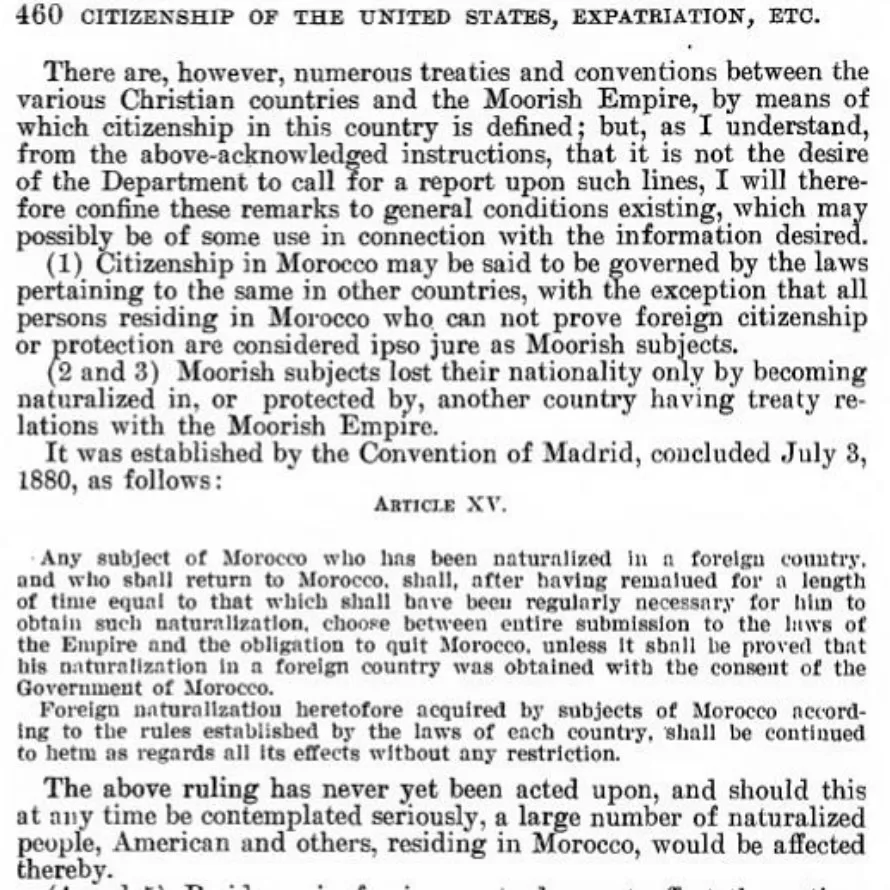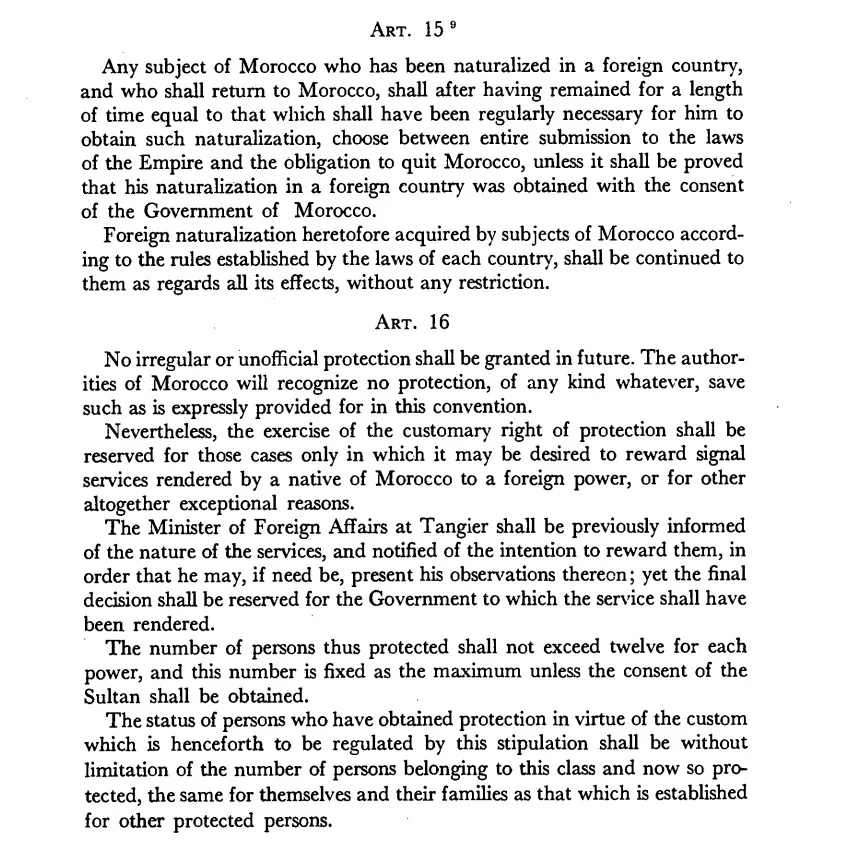There’s a resurgence of online discussions regarding the use of the term Moorish Americans in the 1893 book entitled “Morocco As It Is“ by Stephen Bonsal. While some Moorish Americans overlook the obvious and choose to parrot the unstudied opinions of others, studious Moors will find that the Moroccans who inhabited a village in Beharein lost their nationality when they came under American “protection”. You already know what that means, right?
What does “Moorish Americans” mean in the book?
The term, as applied to them in the book, had no political significance aside from denoting that they are under the rule of the American Khalifa instead of their Moroccan Sultan. Let that sink in. It’s also important to note that the book points out how gullible Moors were at the time and how they argued among themselves over the silliest of subjects – not unlike today unfortunately.
Still, it’s an interesting read that I’d highly recommend. It’s also worth noting that some Moorish Americans have rightly pointed out that the term only gained political relevance as a nationality at the first national convention of the Moorish Science Temple of America in 1928 (a.k.a. “the parade” as referenced by Prophet Noble Drew Ali). Later being acknowledged in 1933 via Resolution 75, which declared Moorish Americans as “former Moors”.
In April’s issue of the monthly newsletter entitled “Clearing Up The Confusion”, I briefly discussed Prophet Noble Drew Ali’s justification for not returning to the Empire of Morocco’s jurisdiction in accordance with Article 15 of the Treaty of Madrid 1880. Instead, he sought to give the downtrodden Moors, who were born in America under the misnomers of Black/Negro, their earthly salvation as American citizens.
Hopefully, this short post can clear up any misconceptions you may have had regarding the matter. Perhaps sometime in the future I’ll write a book summary for Morocco As It Is by Stephen Bonsal.
